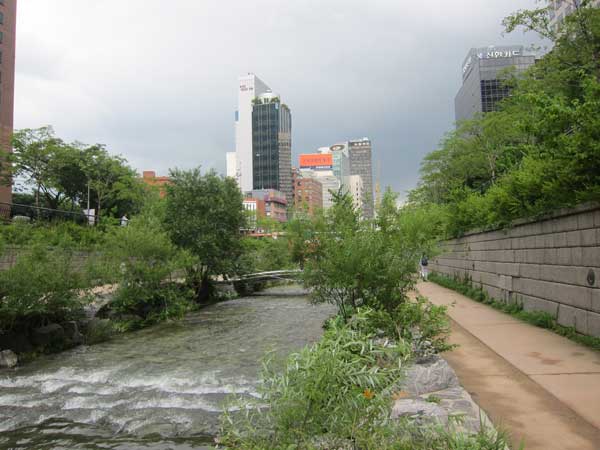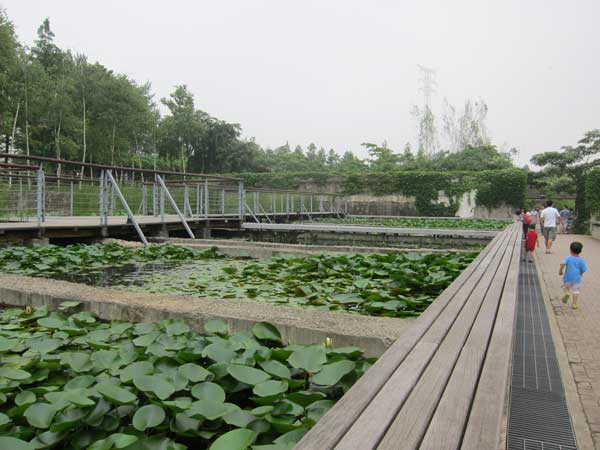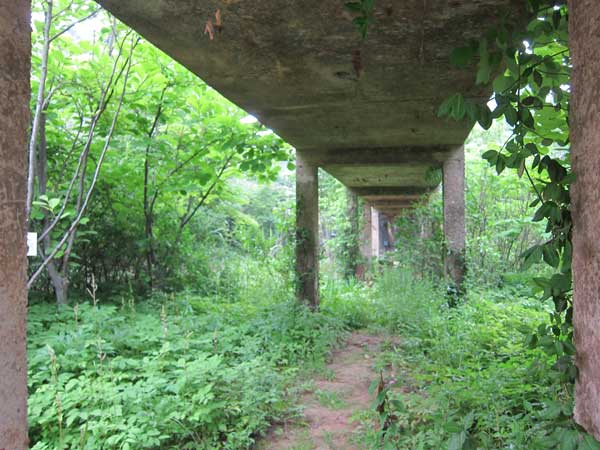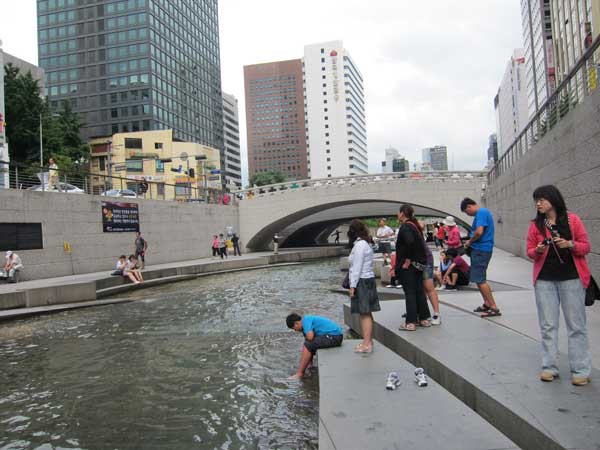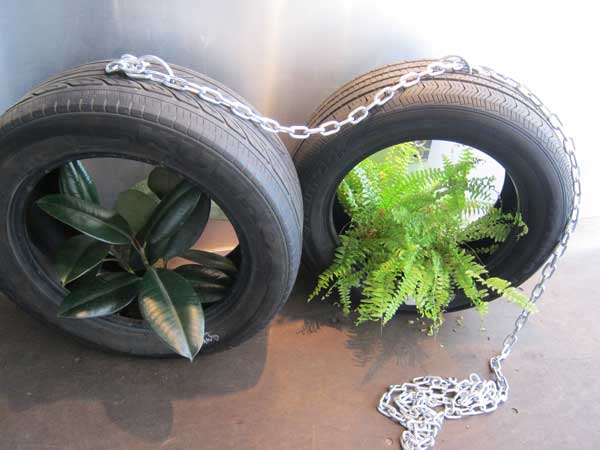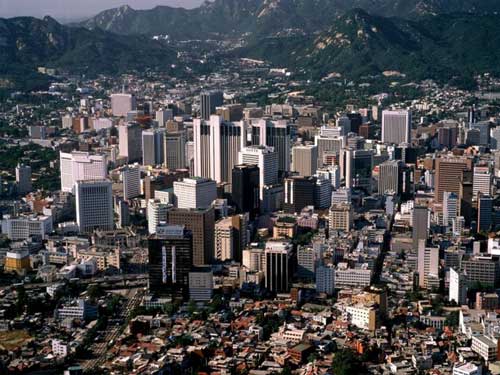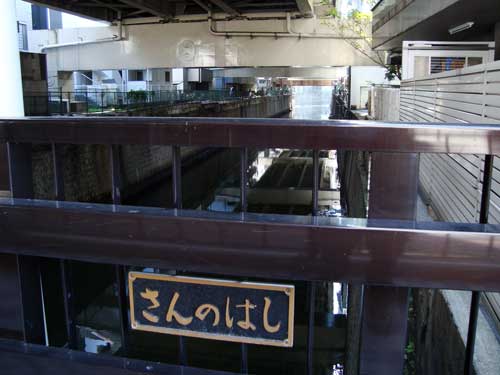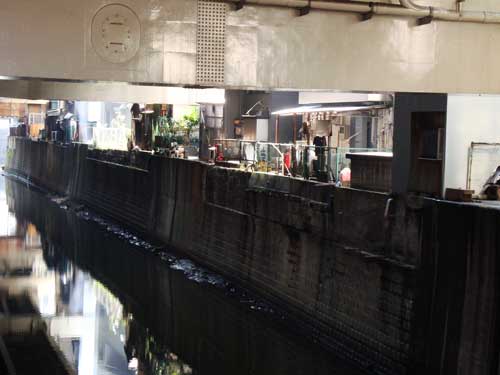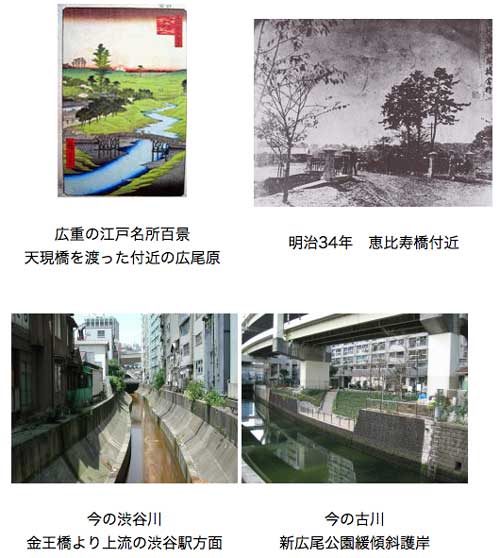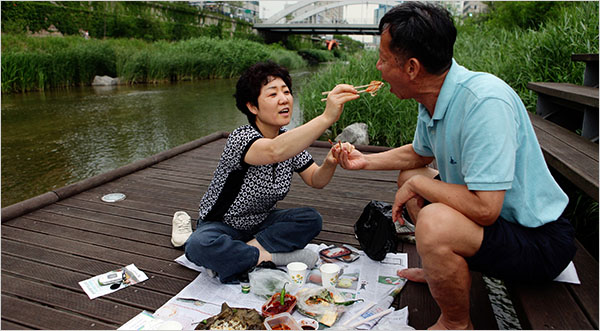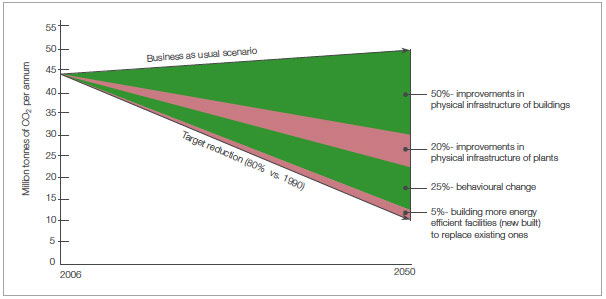
Last week I heard Peter Head of ARUP present “Entering the Ecological Age,” the Brunel Lecture for the Institute of Civil Engineers. Director of ARUP’s “integrated urbanism” practice, Head focuses attention on the potential devastation of climate change and the role of cities in launching a new ecological era that uses renewable energy efficiently.
Head’s most sobering prediction is that by 2100 there is a 50% chance of earth temperature rising by more than 5 degrees celsius, which would lead to the end of human civilization.
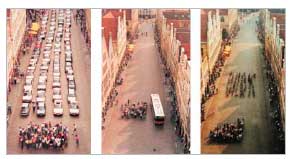
The solution is massive reduction in carbon dioxide by retrofitting old cities and building new ones organized around non-polluting transportation. Surpassed only by Australia, the US uses twice the energy per capita of Japan and Europe because of its reliance on the automobile as the primary transportation vehicle and the great distances between housing, work, schools and shopping.
I was interested in Head’s advocacy for “biomimicry.” Janine Benyus’ 1997 book Biomimicry: Innovations Inspired by Nature lists ten principles include uses water as a resource, diversfty and cooperate, gather and use energy efficiently, optimise not maximise, use materials sparingly, clean up not pollute, do not draw down resources, remain in balance with the biosphere, run on information, and use local resources.
I also found it interesting that Head believes cities are the most dynamic and capable of meeting the challenges of the post-industrial age. He cites the work of C40 Cities as climate leaders. Some urban initiatives he cites are Seoul’s removal of a freeway above the Cheonggyecheon River, and Singapore’s introduction of dragonfly habitats to reduce mosquitoes and dengue fever.
Head advocates an 80% carbon reduction by 2050 (compared with 1990 levels), which will require massive change in advanced and developing countries. His work seeks to contribute to the 2009 COP 15 meeting in Copenhagen (Convention on Climate Change), the most important since the 1997 Kyoto Protocol.
You can download a lengthly PDF version of the talk on the ARUP website, and watch video of the lecture on a website called Resilient Futures.
